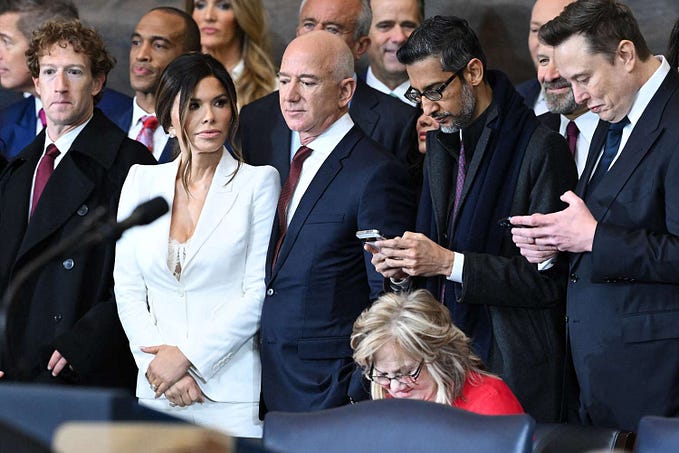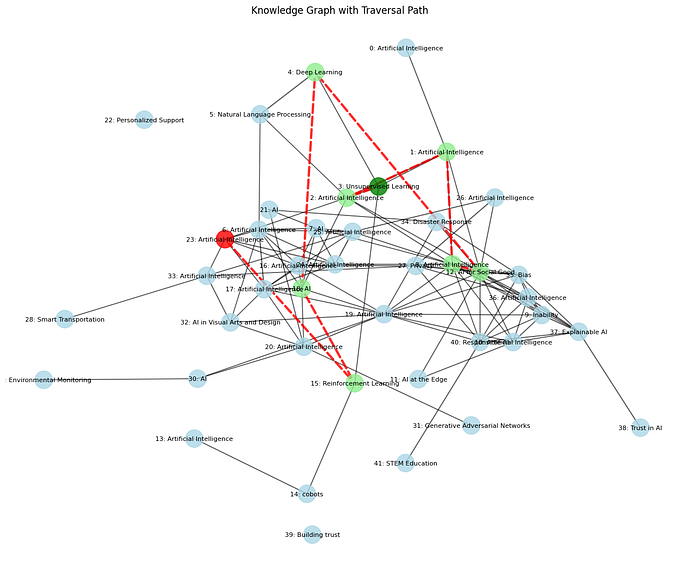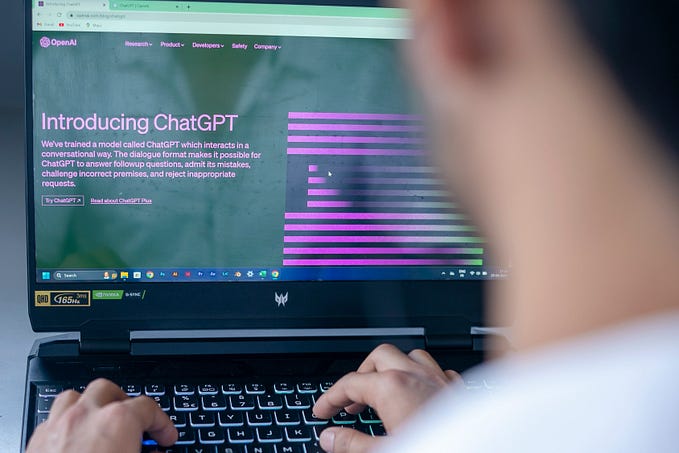Wins, Losses, and Highlights of New York’s 2021 Final Budget

Considering the magnitude of the challenges facing New York State, this year’s budget process has been long and grueling but has finally drawn to a close. Please read below for notable highlights in the budget as it relates to our region, district, and New York’s COVID-19 recovery.
As always, read on for community updates, and events around the district!
2021–22 NEW YORK STATE BUDGET
All budgets are the result of compromises. Despite a few important omissions, I’m confident that this budget establishes a strong blueprint for New York State’s recovery from the COVID-19 pandemic that has wreaked havoc upon our state’s economy, workers, and middle class in particular. It will keep state spending in check, generate billions in new revenue, seize opportunities presented by funding in the American Rescue Plan, all while investing in both the human and physical infrastructure of New York State. A record amount of funding for our public schools will secure a strong future for all of our students, we continue to shift the state’s tax burden off of working people by again lowering taxes for middle class earners, and $1B will ensure that our small businesses, restaurants, and more recover from the crisis of the last year. I encourage you to read on for more and to stay tuned for further budget-related updates.
HIGHLIGHTS:
- $2.4B for childcare assistance and providers.
- $1B for small business assistance
- $2.4B for renter, tenant, and small landlord mortgage relief
- $750M Wadsworth Lab investment in capital funds to rebuild and consolidate world-class labs (details below)
- Raises maximum student Tuition Assistance Program (TAP) award by $500
- Record-level state funding for roads and public education (details below)
Increase in Multi-millionaire taxes and in corporate taxes:
- Raises state income tax rate on those with annual income $1M+ or joint filers with income $2M+ from 8.82% to 9.65%
- Raises state income tax rate from 8.82% to 10.3% for those making $5–25M
- Raises state income tax to 10.9% for those making $25M+
- Corporate franchise tax rate increases from 6.5% to 7.25%, but carves out companies making $15M or less annually
Continuing to lower middle-class taxes and shift the state’s tax burden off of working people:
- $43K — $161K income tax rate lowered from 6.09% to 5.97%
- $161K — $323K income tax rate lowered from 6.41% to 6.33%
- Designated $400M for a new Circuit Breaker property tax rebate for lower-income and fixed-income homeowners who pay high property taxes;
- Additionally, the Enacted Budget invests in the ongoing response to the pandemic and recovery efforts.
Small Business Relief:
Over the last year, I’ve been a consistent advocate for our region’s small businesses and restaurants who’ve been particularly impacted by the global COVID-19 pandemic. This budget commits to ensuring that these businesses are the focal point of our state’s economic recovery.
- $1B will be directed to support small businesses:
- $800 million for small business grants, including $40M for the arts;
- $200 million in small business tax credits;
- $35 million Restaurant Return-to-Work Tax Credit; and
- $50 million COVID-19 Recovery Workforce Initiative, for training in high-growth industries, employer-driven training for low-income workers and funding for small businesses to re-train and hire furloughed, laid-off or new employees.
Transportation:
This year’s budget represents an historic commitment to funding maintenance and repair of new and existing roads in bridges in New York, creating thousands of jobs in the process and modernizing our transportation grid in the process.
- Largest increase in capital road aid: $6B+;
- $100M increase for CHIPS (Consolidated Local Street and Highway Improvement Program);
- $50M increase for PAVE New York; and
- $100M increase for winter road recovery.
Education:
This year’s budget includes record funding for education and our public schools, fully funds Foundation Aid, and increases funding for afterschool programs and community school models.
- A record $1.4B for K-12 school aid increase ($29.5 B overall);
- $105M expansion of full-day prekindergarten to 210 districts currently without an existing program;
- Fully phased-in Foundation Aid formula for underserved and high-need schools; and
- $3.82 million to restore funding for School-Based Health Centers.
Higher Education:
The budget commits to closing the state’s TAP gap within four years, increases the maximum TAP award, and freezes tuition hikes at SUNY and CUNY schools for at least three years.
- Three-year tuition freeze for SUNY and CUNY;
- The maximum award under the Tuition Assistance Program (TAP) will increase by $500;
- Budget commits to eliminating the TAP gap in 4 years by setting up additional recurring operating aid to SUNY and CUNY;
- Restores $35 million in Bundy Aid to support private colleges and universities;
- Also restores $72 million in operating aid cuts to SUNY and CUNY; and
- $800K for Center of Excellence for UAlbany.
Childcare:
Women have been knocked out of the workforce over the last year in record numbers and often due to the lack of affordable child care. In a massive expansion of childcare provider spending facilitated by funding received from the federal government, New York will finally lay the groundwork for a truly universal and accessible childcare program as we look to the future.
- $2.4B for childcare assistance and providers.
Environment:
Continuing New York’s ambitious commitment to lead the nation on climate action, voters will have their say on the $3B ‘Restore Mother Nature’ bond act to further transition to a clean and renewable energy grid and economy, and preserve more open space.
- $3B for Environmental Bond Act to go to voters in 2022;
- $300M for the Environmental Protection Fund (EPF) which supports communities with land, water and park projects throughout NYS;
- $500M for clean water infrastructure (Total: now $4 billion over last few years);
- $185M in capital funding to preserve more open space; and
- $20M to continue the expansion of electric buses.
Broadband For All:
A first-in-the-nation program will extend low-cost broadband internet to all New Yorkers regardless of ZIP code or their ability to pay.
- Broadband $500M, $15/month fee-cap for low-income New Yorkers.
Rent Relief and Small-Landlord Protections:
Renters and tenants facing hardship will be able to access rent relief funds to help with back-payment of rent and extends a financial lifeline to small landlords, who represent a majority of the units leased across Upstate New York.
- Creates a $2.4 billion Emergency Rental Assistance Program to prove assistance to those impacted by the COVID-19 pandemic;
- This includes covering payments for 12 months of back rent and utilities and three prospective months of rent;
- One year of eviction protection after proving continued hardship to receive funds.
Arts Organizations:
New York State’s arts sector and creative economy are critically important to our state’s identity, and local economies. This year’s budget commits an unprecedented amount of funding to reinvigorate the arts, museums, and more.
- $40 million for non-profit arts institutions;
- $20 million for new capital grants to help arts and cultural organizations comply with COVID-19 health regulations, including outdoor performance space projects, flexible seating, HVAC and filtration upgrades;
- Increased funding for the New York State Council on the Arts; and
- New York City Musical and Theatrical Production Tax Credit: Provides up to $100 million in tax credits to jump start the industry and support tourism activity in New York City. Extends this credit for four years through 2025 and increases it by $4 million to $8 million.
Healthcare:
Amidst a global pandemic, the Legislature succeeded in rejecting all cuts proposed by the Executive to existing healthcare spending such as Medicaid, and enacts comprehensive nursing home reform in response to the crisis that unfolded in nursing homes over the last year.
- Fully funds the Alzheimer’s Disease Caregiver Support Initiative and restores Alzheimer’s Public Health funding;
- Implements further comprehensive nursing home reforms; and
- Rejection and restoration of the Governor’s proposed cuts to Medicaid and healthcare amidst a global pandemic, increase in spending on Medicaid.
Local:
The Capital Region succeeded in attracting landmark investments in our infrastructure, regional economy, transportation infrastructure, universities, state workforce, and more.
- $750M Wadsworth Labs consolidation, kept in the Capital District
- $12M for City of Albanyin Capital City Funding
- $25K for South End Children’s Cafe
- $800K for Center of Excellence for UAlbany
- $12.6B to fund retroactive contractual state employees raises from LY
Omitted Items and Work Left To Do Before June:
Despite the below omissions, work will continue on these fronts before the Legislature adjourns this year’s legislative session at the end of June this year.
- UAlbany Engineering College Building
- Reimagination of I-787 capital funds study to increase access to our waterfront via an engineering design study
- Exempting state sales tax on EVs up to $35K
- Alcohol in movie theaters provision removed
- Adjusted pre-k state rates not in for early adopters.
- No early retirement for state workers/ teachers other than NYC due to a prior agreement in NYC.
LEGISLATIVE NEWS AND PRESS
- NEW: Wadsworth Lab Funding in Final Budget. 🚨 Funding to consolidate and upgrade #Albany’s world-class and nationally recognized Wadsworth Public Health Labs is included in this year’s state budget agreement. This project will create thousands of good-paying jobs, a strong local multiplier effect in our regional economy, and more. Thank you to the Capital Region delegation, our coalition of organized labor, and so many others for their support and work on this important project. #BuildBackBetter

- Op-Ed | New York Daily News. Proud to pen this piece on landmark #GunSense legislation I’ve introduced with NYS Senator Zellnor Y. Myrie 米维 and Senator Timothy Kennedy to hold firearm companies who knowingly sell dangerous and harmful products accountable while disclaiming any responsibility for how they are used. Essentially, we’d hold these manufacturers and dealers to the same standards as we do for companies that manufacture our light bulbs, car tires, and likely the Smartphone or computer you’re using to read these words. In a historic first, this year’s state budget recognizes this public health crisis by committing a dedicated funding stream to community-based violence intervention groups. We must now take the next step by using our state laws to, finally, hold corporate actors accountable for the harm their products cause.
ICYMI: IN CASE YOU MISSED IT
- ICYMI: 109th District Women of Distinction Awards, and Women’s History Month Honoree. As part of Women’s History Month this year, the New York State Women’s Legislative Caucus accepted nominations of outstanding women who’ve helped their communities effectively respond to the COVID-19 pandemic. For the 109th District Women’s History Month honoree, I nominated Dr. Elizabeth Whalen MD, MPH, for her continued role in our area’s local response to the ongoing pandemic. Thank you to Dr. Whalen and her staff at the Albany County Department of Health for their leadership and work on the frontlines of this crisis.

- Watch a recording of the full award ceremony here: https://bit.ly/3dNuy46
- ICYMI: New York State Legalizes Recreational Marijuana After Years-Long Legislative Process. 👇 Last night, the Assembly passed the bill to legalize recreational marijuana in New York State, the Marijuana Regulation and Taxation Act (MRTA) to reverse years of criminalization that has primarily impact our communities of color and low-income communities. While I continue to have very serious concerns regarding impaired driving, I supported the bill though I will continue to advocate for better diagnostic roadside and workplace tools, as well as strong education programs regarding risks of impairment and that drugs and driving do not mix.
- Additionally, the MRTA will:
- ✅ Create an unprecedented social equity fund to direct resources into communities impacted most by the drug war
- ✅ Retroactively address previous low-level nonviolent marijuana offenses
- ✅ Prevent corporatization and commercialization of the legal market, prioritizing equity applicants for licensing
- Safety concerns remain with limiting youth access to the drug both in the legal and illicit markets, as well as concerns on not capping THC concentration levels, impaired driving will require improving technology that can accurately detect impairment. The legal market and framework in New York will learn and help avoid many of the issues and pitfalls other states have encountered post-legalization.
- PRESS:
- WNYT: Deal to legalize marijuana imminent
CBS6: Lawmakers to vote on marijuana legalization bill - WTEN: Lawmakers express concerns, support for marijuana legalization
- ICYMI: Vaccine Eligibility Extended to NYers 30+, 16+. 💉 New York’s COVID-19 vaccine eligibility has been updated to include New Yorkers who are aged 30 and older, and those aged 16 or older beginning on April 6th.
- 💻 Albany Co. residents should pre-register here: https://alb.518c19.com/ | ☎️ Or use the state’s eligibility tool: https://am-i-eligible.covid19vaccine.health.ny.gov/
COMMUNITY EVENTS, RESOURCES
- Empire State Trail Challenge Begins! Click here to register for this year’s Empire State Trail Challenge, which runs until August and can be completed on your own time through logging and submitting mileage on the trail itself. For more information, click on the link in this section or image below!
- United Way of the Capital Region Volunteer Opportunities. Join United Way for their 4th Annual 5.18 day! On every May 18th, United Way comes together for the single largest day of community impact. This year they’ll be hosting a hybrid event with virtual and safely socially distanced volunteer opportunities throughout the entire Capital Region. They will also be hosting other engaging experiences throughout the day for all those who want to get involved! Stay tuned as more details become available. To get involved or learn more, please email 518day@unitedwaygcr.org.
- Tenants, Renters, Homeowners: Hardship Form to Prevent Eviction, Foreclosure Until May 1st. 🏠 If you need help remaining in your home until at least May 1st, please fill out this hardship form (return to your landlord): www.nycourts.gov/covid-eefpa.shtml | The Emergency Eviction and Foreclosure Prevention Act passed by the New York State Legislature allows you to extend the eviction moratorium until that date if needed.

- COVID-19 Emergency Eviction and Foreclosure Prevention Act Resources: The Legal Aid Society of Northeastern New York has released resources for tenants, renters, and homeowners to use that are a result of the COVID-19 Emergency Eviction and Foreclosure Prevention Act passed by the state legislature shortly before the New Year. You can reach LASNNY at (833) 628–0087 for an intake call. A hardship waiver is available that can help to prevent displacement, you can download these documents by clicking here.
PODCAST: The Fahy Files: What Makes the NY Capital Work (Or Not!) — Connecting in a Time of Chaos
- To highlight some of the individuals in the Capital Region who exemplify what it means to remain connected within our community and cope with the chaos of the past year, I’ve launched a new series of my podcast The Fahy Files, ‘Connecting in a Time of Chaos’.
Listen to our first 6 (3 of these are featured below) episodes from this year so far on Apple Podcasts, Spotify, SoundCloud, or wherever you listen to your podcasts!
For more on my work in the state legislature, please visit my official Assembly website, Facebook page, Twitter, Instagram, or Medium to stay updated in 2021 and beyond! As always, please don’t hesitate to reach out to my office with any questions or concerns during this time at fahyp@nyassembly.gov or (518) 455–4178.
Sincerely,










